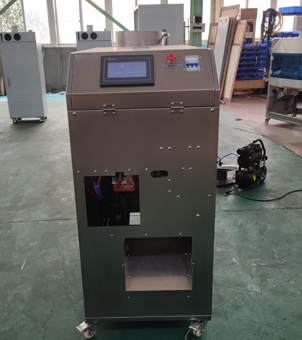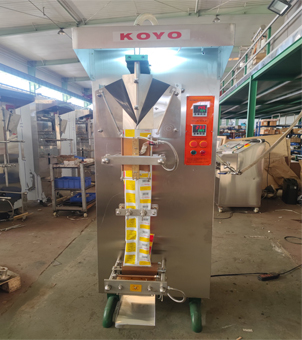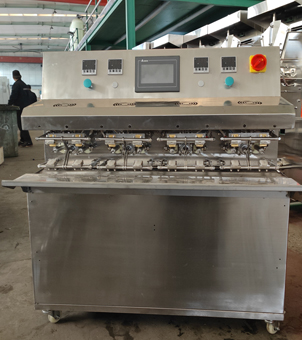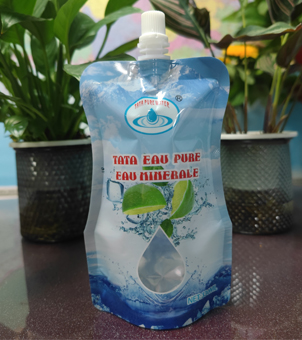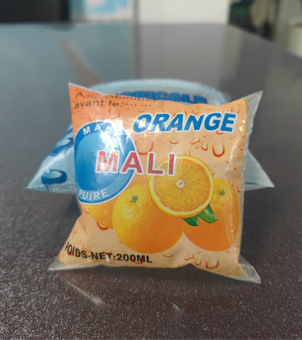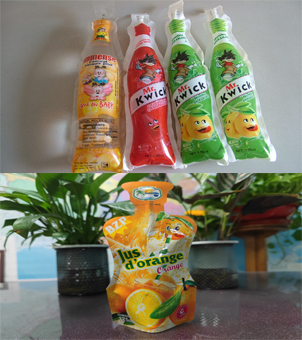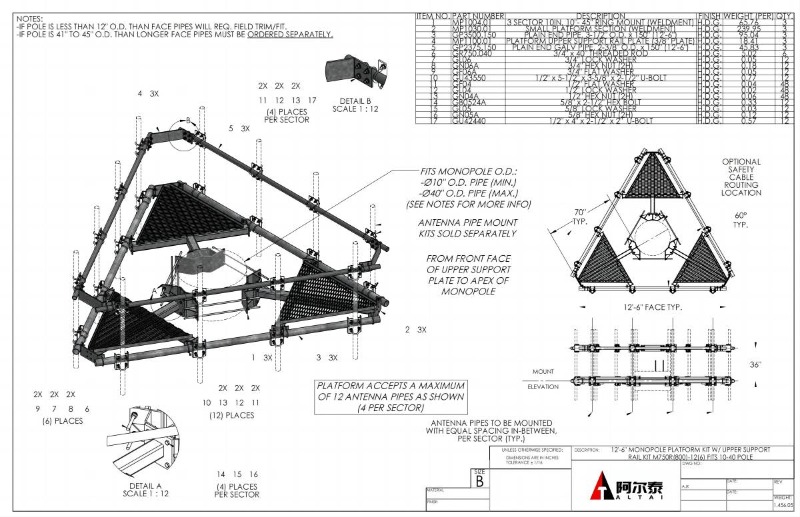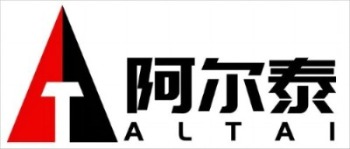The Bean Bag Snag Tester GT-C50 is a specialized instrument designed to evaluate the snagging resistance of knitted fabrics. Snagging is a common issue in textiles, particularly in knitted fabrics, where loops or threads are pulled from the fabric surface, compromising its appearance and durability. This Bean Bag Snag Tester offers a reliable and standardized method to measure the fabric's resistance to such damages, ensuring quality control in textile production.

The Bean Bag Snag Tester GT-C50 plays a critical role in the textile industry. Its primary application includes:
1. Testing knitted fabric durability: By assessing the fabric’s resistance to snagging, manufacturers can determine its suitability for applications where appearance and strength are critical.
2. Quality control in textile manufacturing: Ensuring that fabrics meet industry standards and customer expectations.
3. Material research and development: The tester aids textile developers in designing snag-resistant materials.
How Does the Bean Bag Snag Tester Work?
The testing process involves placing a fabric specimen, encasing a bean bag, into a roller lined with rows of needles. The roller rotates a specific number of cycles, simulating real-world conditions that cause snagging. After the test, the fabric is evaluated for damage using a grading scale.
Specific steps:
1. Turn on the power switch.
2.Set the number of experiments 100 circles:
Press "SET" on the counting table to enter the number of experiments set, press the "<" key to move the green flashing cursor to the hundred digit position, press "^"key to adjust the number to 1. If other positions is not 0, the same use of the "<" and "^" key to modify the value, set the number 100, click "SET "Finish setting. Finally, press the "RST" key to clear the number of experiments.
3. Open the cover and place the sample.
4. Press the "Start" button to start the test, the number of tests to 100, it will automatically stop the test.
5.Remove the cover and observe the snagging on the surface of the sample, and calculate the evaluation according to the standard.
This method is governed by international standards to ensure consistent and reliable results.
Standards
The bean bag snagging tester adheres to the following international standards:
ASTM D5362: Standard test method for snag resistance of fabrics.
JIS L1058: Japanese Industrial Standard for assessing fabric quality.
Features of the Bean Bag Snag Tester GT-C50
The bean bag snagging tester model stands out due to its thoughtful design and user-friendly features:
1. High-quality aluminum roller:
The roller, a critical component of the tester, is constructed from durable aluminum, offering a sleek appearance and longevity.
2. Transparent glass cover board:
A robust glass cover enables users to monitor the testing process in real-time, enhancing precision and reducing the risk of errors.
3. Automated testing capabilities:
The tester is equipped with an automatic count device, allowing the machine to stop after completing the pre-set number of cycles. This feature ensures ease of operation and consistent results.
Advantages of Using the Bean Bag Snag Tester GT-C50
1. Efficiency and Reliability
The automated counting mechanism eliminates manual errors, providing consistent and repeatable results. This saves time and reduces operational complexity.
2. Enhanced Fabric Protection
The design minimizes excessive stress on the fabric during testing, ensuring accurate replication of real-life snagging conditions without introducing additional variables.
3. Versatility Across Fabric Types
The Fabric Bean Bag Snagging Tester is compatible with a wide range of knitted fabrics, from delicate apparel materials to heavy-duty upholstery textiles. Its adaptability makes it a universal tool for textile testing.
4. User-Friendly Design
The intuitive setup and clear observation features make it easy to operate, even for technicians with limited experience in fabric testing.
5. Compliance with Global Standards
Meeting ASTM and JIS standards assures users that the results are recognized and accepted worldwide, adding value to their testing outcomes.

















